Journalist Carlos Ernesto Choc.
On April 1, PBI-Guatemala posted:
“If nothing is done now, if the Guatemalan State is allowed to act with impunity against Carlos Choc, Juan Bautista Xol, Baudilio Choc and the rest of the journalists of Prensa Comunitaria who have investigated the mine, its improper relationship with the government and its irregular activities, then the political powers and economies of the country will know they can do whatever they want with total impunity.”

An arrest warrant was issued for Carlos Ernesto Choc in January. Juan Bautista Xol has been threatened with arrest and the police have raided his house. The police also went to the home of Baudilio Choc.
The mine these journalists were reporting on is the Fenix nickel mine near the Maya town of El Estor on Lake Izabal.
It was the Toronto-based mining company INCO Ltd. that first began negotiations in 1960 with the military dictatorship of Guatemala to establish the Fenix mine.
EXMIBAL, a joint venture between INCO and the Guatemalan state, was granted a 40-year mining license for an area covering 385 square kilometers in 1965.
Professor Shin Imai has written: “Colonel Carolos Arana Osorio was responsible for clearing the Indigenous people out of the INCO region in Zacapa-Lake Izabal. He launched what has been referred to as a ‘reign of terror’ in the region, in which the number of people killed is estimated to be between three and six thousand.”
But by 1982, INCO shut down the mine because the market value of nickel had declined and the cost of oil was rising.
Then in 2004, Vancouver-based Skye Resources bought the Fenix mine from INCO. (INCO was bought by the Brazilian mining company Vale in 2006).
Skye renamed EXMIBAL to the Guatemalan Nickel Company (CGN).
Then in April 2006, Guatemala granted Skye Resources and CGN a license that allowed them to start mining.
By September 2006, 300 Maya Q’eqchi’ families moved onto company-claimed land stating that it had been stolen from them 40 years prior.
In 2008, Skye Resources merged with Toronto-based Hudbay.
Between 2007 and 2009, personnel from the mine along with the police and military violently expelled members of the community of Lote Ocho from their homes.
During an expulsion in 2007, eleven Mayan Q’eqchi’ women were gang-raped.
In 2009, community leader Adolfo Ich was killed, while another community member, German Chub, was shot and paralyzed.
Then in September 2011, the mine was purchased by the Switzerland-based Russian company Solway Investment Group (and its subsidiaries CGN and PRONICO).
While the Fenix mine is no longer owned by Canadian companies, the roots of the current social protests and the criminalization of the three Maya Q’eqchi’ journalists date back to the Canadian companies INCO, Skye Resources and Hudbay Minerals.
For the latest on the mine, please see The Hidden Story of a Notorious Guatemalan Nickel Mine (Sandra Cuffe, The Intercept, March 27, 2022) and Mining Secrets: Data leak reveals aggressive tactics of mining giant in Guatemala (Forbidden Stories, March 6, 2022).
Photo by Moises Castillo.


